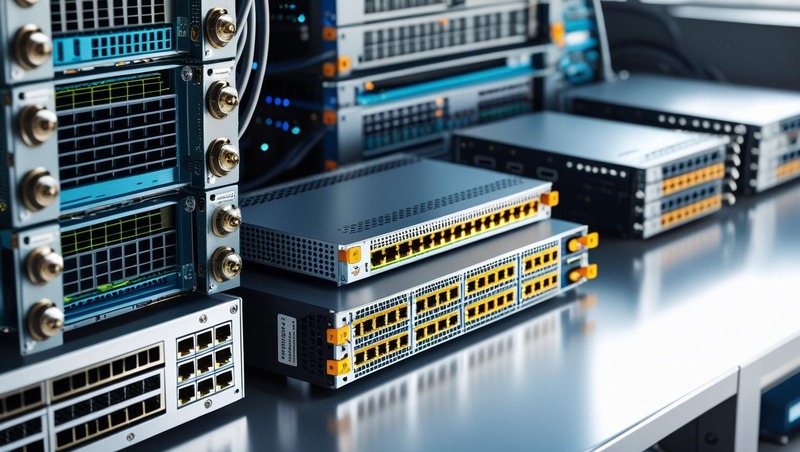Edge computing hardware is undergoing rapid innovation as the demand for real-time data processing surges across AI, 5G, and IoT applications. With enterprises increasingly relying on decentralized computing to reduce latency, enhance security, and support mission-critical decisions, next-generation hardware solutions are emerging to meet the unique demands of edge environments. These innovations are not only transforming how data is processed and utilized but are also setting the foundation for intelligent, autonomous systems across industries.
One of the most transformative developments in edge computing hardware is the integration of AI acceleration directly into edge devices. Purpose-built AI chips, such as neural processing units (NPUs) and tensor processing units (TPUs), are now embedded in edge servers, gateways, and industrial controllers. These accelerators enable on-device inference and machine learning, allowing edge systems to analyze sensor data, detect anomalies, and make autonomous decisions in real time without relying on cloud connectivity. This is particularly critical for applications such as predictive maintenance, autonomous vehicles, facial recognition, and robotics.
Download PDF Brochure @ https://www.marketsandmarkets.com/pdfdownloadNew.asp?id=158498281

Edge servers are also becoming more powerful and compact, designed to operate in space-constrained, rugged, or mobile environments. Innovations in fanless cooling systems, hardened enclosures, and low-power components have enabled deployment in outdoor settings, industrial floors, and transportation systems. These edge servers often come with high-performance GPUs or field-programmable gate arrays (FPGAs), supporting compute-intensive tasks such as video analytics, image processing, and cybersecurity monitoring.
The rollout of 5G networks is further accelerating the demand for innovative edge computing hardware. Telecommunications providers are deploying Multi-access Edge Computing (MEC) platforms that integrate with 5G base stations to deliver ultra-low latency services. These edge nodes include custom-built hardware for network slicing, traffic offloading, and virtualized network functions (VNFs). The fusion of 5G and edge computing is opening up new possibilities in real-time streaming, smart manufacturing, augmented reality, and connected healthcare.
Another key innovation is the emergence of modular, scalable edge infrastructure. Vendors are offering micro data centers and stackable edge nodes that can be rapidly deployed and scaled as demand grows. These systems often feature plug-and-play components, edge-native software, and centralized orchestration tools, simplifying edge deployment and management. This modularity is essential for applications in retail, logistics, and energy where operations are geographically distributed.
Security-focused edge hardware is also gaining traction. As data processing moves closer to the source, protecting edge devices from cyber threats becomes a top priority. New hardware platforms are incorporating built-in hardware root-of-trust, secure boot mechanisms, and TPM (Trusted Platform Module) chips to ensure data integrity and device authenticity. These features are especially important in IoT networks, where the attack surface is significantly larger.
As edge computing becomes more sophisticated, hardware innovations will continue to play a pivotal role in unlocking the full potential of AI, 5G, and IoT ecosystems. From intelligent AI accelerators and ruggedized edge servers to 5G-integrated platforms and secure processing units, the future of edge computing lies in hardware that is not only powerful but also adaptable to the dynamic needs of a connected, data-driven world.
